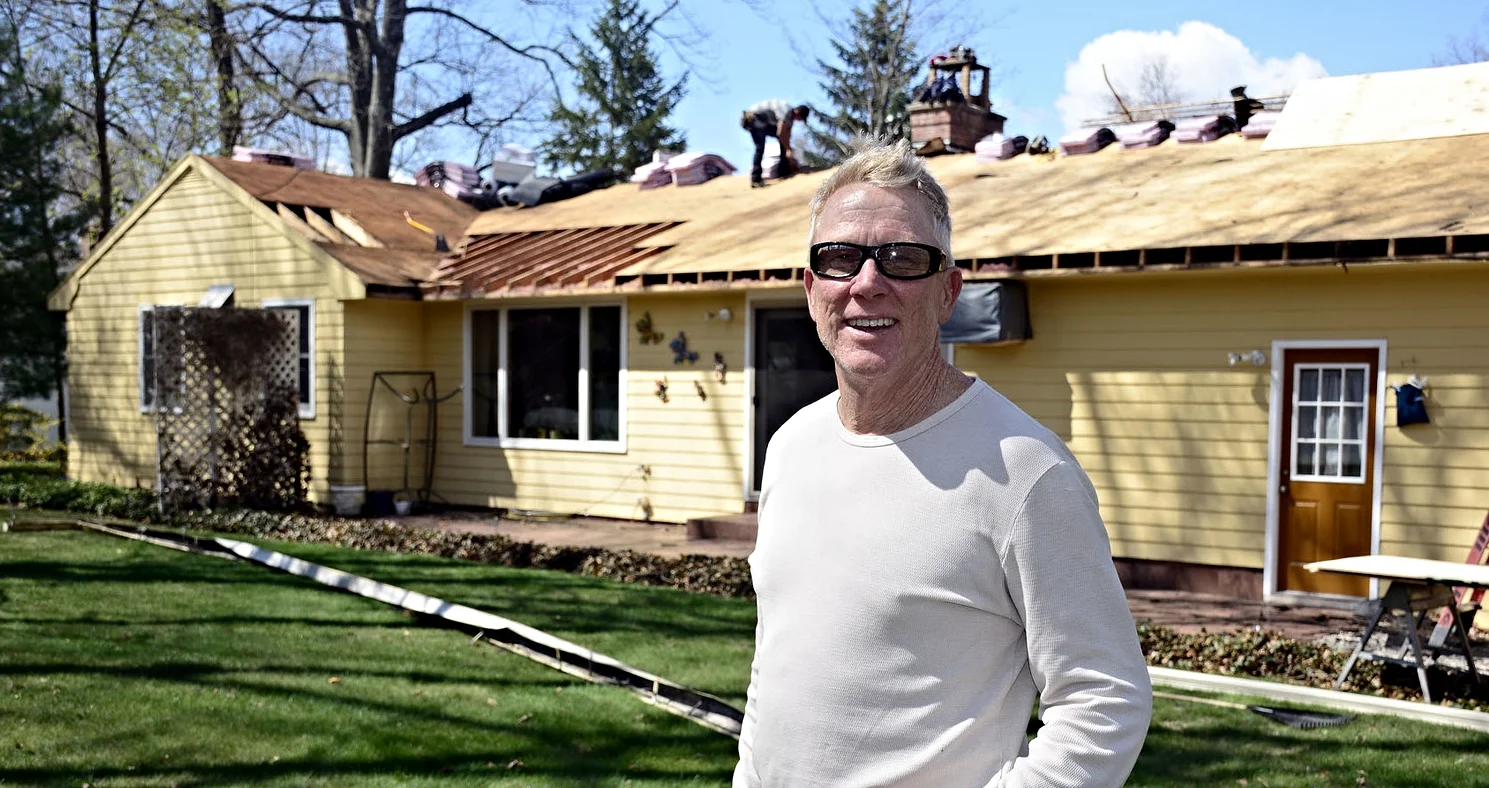Why Is My Roof Streaky? Here’s What You Need to Know
Chelsea O'Donnell
If you’ve noticed black streaks, moss, or patches of discoloration on your roof, you’re not alone. These stains are common and may seem like a minor issue at first, but they can lead to bigger problems if ignored.
The most common cause of roof streaking is algae, specifically, a type called Gloeocapsa magma. It spreads through airborne spores and tends to thrive in warm, humid environments. Once it lands on your roof, it starts to grow, especially on shaded areas where moisture hangs around. Over time, you might also see moss or lichen, which can cause even more damage by holding moisture against the surface of your shingles.
These growths aren’t just cosmetic. Algae and moss can wear down your roofing materials, shorten the life of your shingles, and in some cases, lead to leaks or water damage. That’s why regular roof cleaning is important.
So, what’s the best way to clean your roof? It’s not a job for a pressure washer. In fact, using high-pressure water can damage your shingles and lead to costly repairs. Professional roof cleaners use a method called soft washing, which combines low-pressure water with specially formulated cleaning solutions that safely remove algae, moss, and dirt without harming your roof or surrounding landscaping.
A proper roof cleaning usually takes just a few hours and can dramatically improve the look and health of your roof. It also gives a roofing professional the chance to inspect for other potential issues like cracked flashing, loose shingles, or clogged gutters that could cause problems later.
It’s also important to pay attention to any warning signs that there might be a deeper issue. If you notice a musty smell in your attic, signs of water damage on your ceiling, or poor ventilation, there may be moisture getting inside. That could mean your roof needs more than just a cleaning. It might be time to check insulation, repair parts of the roofing structure, or even have the roof replaced.
Having your roof inspected and cleaned at least once a year, especially in the spring or early summer, is a smart habit. It helps catch small issues before they become bigger problems, protects your home, and keeps your roof looking its best.
And remember, roof work can be dangerous. Between the height, the angle, and the risk of damaging your shingles, it’s not something you want to tackle on your own. Always call a licensed professional who has the right tools, training, and safety equipment to get the job done right.
Your roof is a big part of what keeps your home safe and dry. A little regular care goes a long way in keeping it that way.
Bob O’Donnell is the owner of O’Donnell Bros. Inc., a Bristol-based home improvement company established in 1975. Email your questions for Bob to info@odonnellbros.com with the subject line “Ask the Pro.” All questions may be considered for publication. To contact Bob for your remodeling needs, call O’Donnell Bros. Inc. at (860) 589-5155 or visit http://www.odonnellbros.com. Advice is for guidance only.
